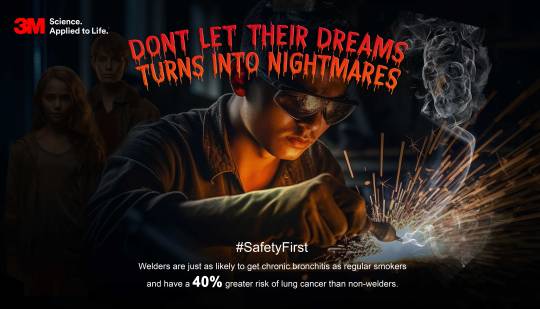#creative strategy
Text
If you are an artist and are wondering what content to do at the moment, you should post about the process of creating your art pieces.
Since the Sun is in Virgo, this type of content will bring you lots of attention.
#art#artist#artists on tumblr#digital artist#astrology#divination#spirituality#marketing#content strategy#digital marketing#creative inspiration#creative strategy
12 notes
·
View notes
Text

Continuing yesterday's observations about creative process, I'm trying out some other creative processes in a different arena. Yesterday was a non-exhaustive go at songwriting. The day before was a similar go at playwriting. And today it's...
Video editing.

Okay.
How we create what we create has enormous power over the shape of what we create. That is, different creative processes produce different creative outcomes. So if you want to create something you never created before, do what you do differently.
Use a different process.
For example, once upon a time technology only allowed editors to edit in sequence. You started from the start, worked your way through to the end.
Done.
Later, technology did a massive reset and now we could start anywhere and end anywhere. So, of course, when this happened I started at the start and worked my way through to the end.
Done.
If and when I wanted to skip over a section of a show, that was doable but I had to commit to a length for that section I was skipping. Typically, I'd skip the beginnings of shows as they tended to be best of sequences and I'd have a better idea of a show's best shots after I finished the show. I'd music and narration to determine the length of that section and start cutting for real afterward.
Later it hit me I really could start anywhere so I started with a section of show that caught my attention, that seemed like a fun sequence to build. Then I'd move to another part of the show that would be fun to build and so on and so on until I finally filled everything in.
Now, for any sequence in question, there were any number of ways to go about it. I could lay in narration and soundbites, then lay in the video, and then add the music.
Or.
I could lay in the music and narration and then add the video.
Or.
I could do a kind of combination where I started with music then added a line of narration, then added video and sync sound and, depending on how what I'd just done hit me, maybe I'd continue with the music. Maybe I'd continue with the video. Maybe I'd continue with the narration. I'd leap frog around like that until I had a finished sequence.
Later, I threw myself into watching every piece of footage, tagging what I loved most, what I thought was strongest. The effort allowed me to visualize the show. To think of it, imagine it, before conjuring it into the real world.
Later still, I wouldn't even be in the edit suit. I'd be entirely someplace else. Outside even. I'd just read the script over and over and over and over. I'd imagine the kind of show that went with that script. I'd imagine the video and music. I'd imagine the sections where there was no music at all... just the sound of being there.
And so on.
All that imagining gave me an interesting sense of right and wrong once I started putting a show together.
In the end, when it comes to editing, especially editing against the clock, I've done it every which way. From a completely blank screen with no plan to an effort that's thoroughly plotted out in advance. For every element of a show, I prioritized each one at different times. I allowed each one to take the lead, in that way directing how the others should be involved. I made music my priority. I made the sound of being there my priority. I made the narration my priority.
Each of these approaches (and others) created different shows. They created different sections of shows. They changed things up. I don't know better or worse... but I do know absolutely different. And yes. Some were fast and easier to accomplish than others which was a factor. When I didn't have time, I'd prioritize narration. When I did have time, I'd allow for personal discovery.
So.
During the course of my editing career I absolutely chased different outcomes.
By using different creative processes.
😊
#creativity#creative process#creative strategy#prioritizing#editing#music#narration#sync sound#linear editing#nonlinear editing
2 notes
·
View notes
Text

Ready to boost your business to new heights? 🚀 Partner with us and unlock the door to amplified ROI and a wellspring of innovative ideas! Let's make your brand unstoppable together. 💡📈
#digital marketing#partnership#ROI#advertising#social media#SEO#creative strategy#agency#digitalmarketing#webdevelopment#seo services#socialmediamarketing#onlinemarketing#marketingagency#youtube#digitalmarketingagency
0 notes
Text
Looking for top-notch Digital Marketing & Branding services?
Look no further!
We're Brand Ratna, your go-to partner for elevating your BRAND presence. 💻✨
Explore our main services:
Brand Strategy
Brand Design
Brand Experience
Visit our website: https://brandratna.in for details!
#branding and marketing#creative advertising agency#digital marketing strategy#brand strategy#brand experience#brand experience strategy#brand experience company#brand experience marketing#best brand experiences#brand development#brand marketing strategy#creative strategy#brand strategy agencies#brand design#branding#branding agency#brand identity design#creative agency design#branding services#creative ad agency#best advertising company#creative agency design"#branding work#digital marketing work#digital agency work#online advertising work
0 notes
Text






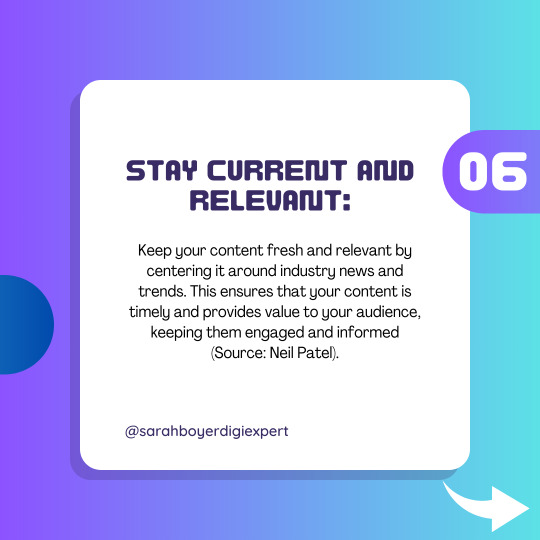

In today's digital landscape, content is king. But not just any content – it needs to be engaging, informative, and tailored to your brand's unique voice. Our content creation services are designed to do just that.
✅ Embrace Transparency and Education
✅ Align with Strategic Goals
✅ Utilize Effective Scheduling and Libraries
✅ Set SMART Goals
✅ Innovative Content Formats
✅ Stay Current and Relevant
➦ https://sociallyin.com/services/social-content-production/
0 notes
Text






Choose Algoworks for your creative strategy design and unlock the power of innovation!
Our team's expertise and passion for creativity will take your brand to new heights.
0 notes
Text
youtube
youtube
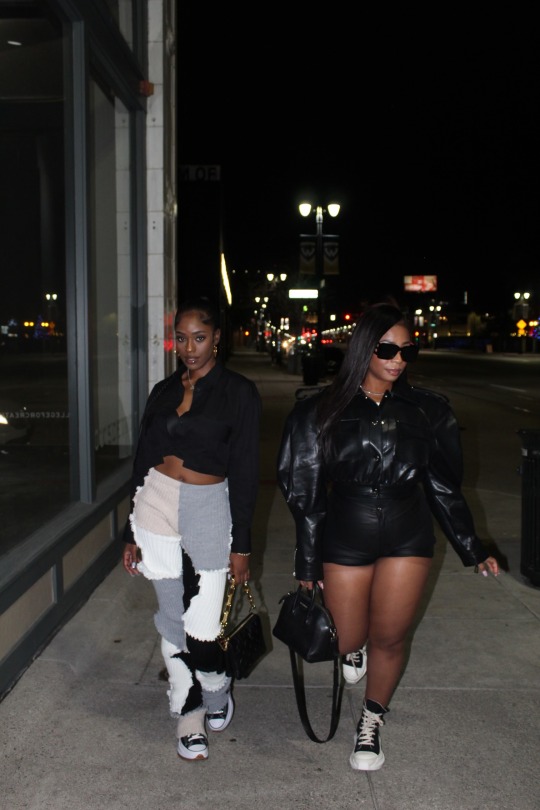



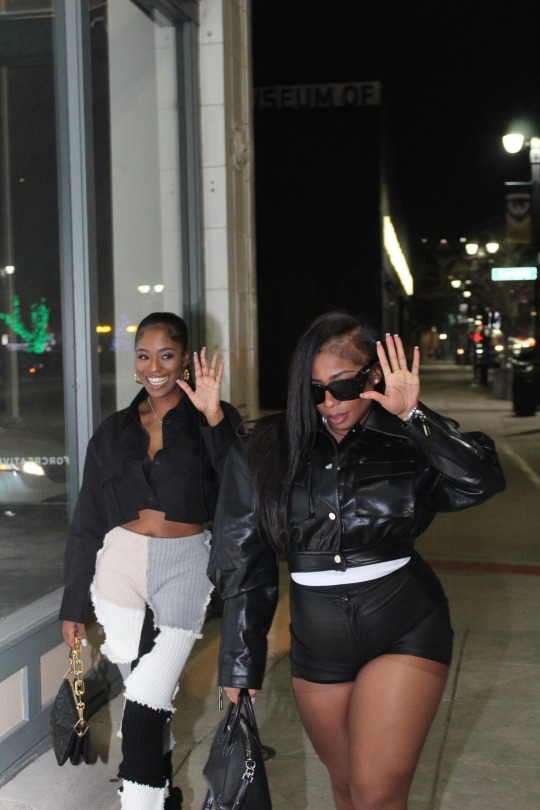




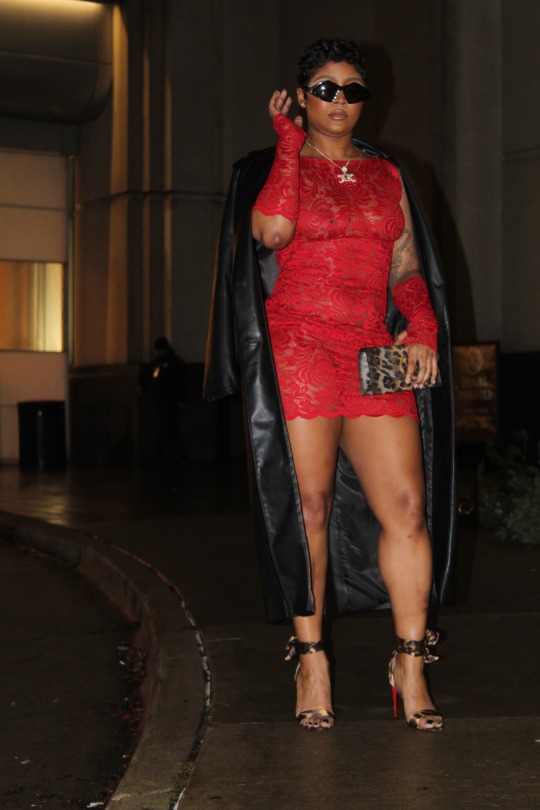
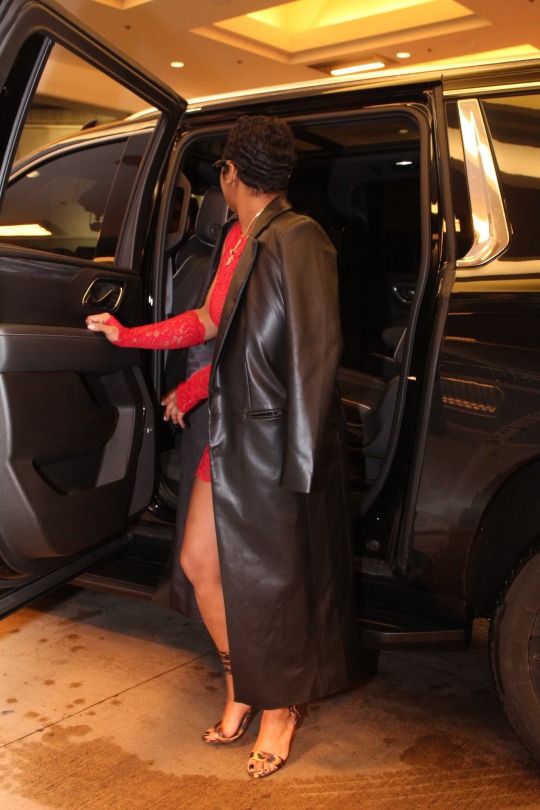




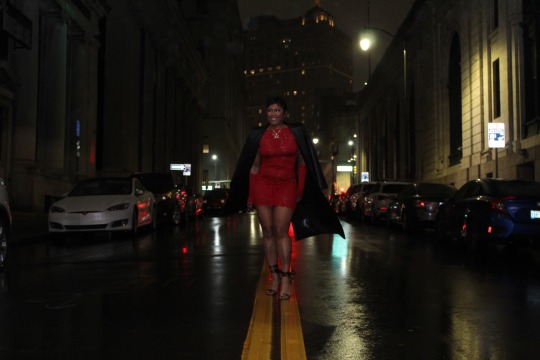


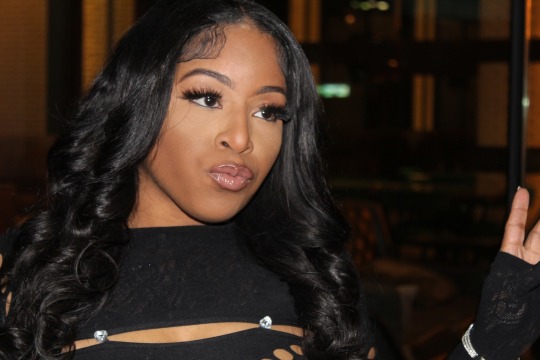
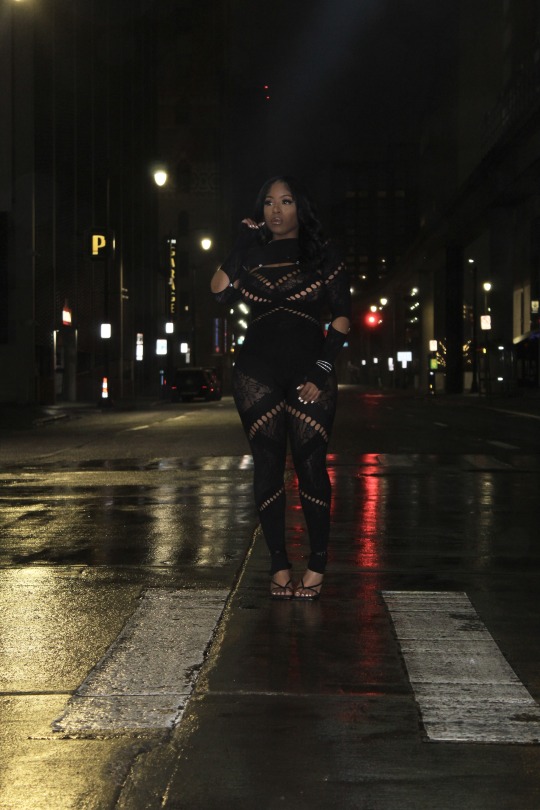
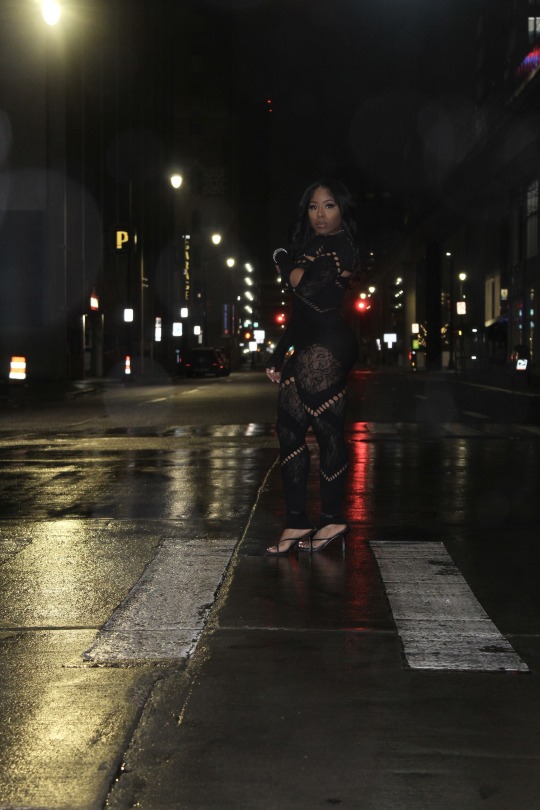
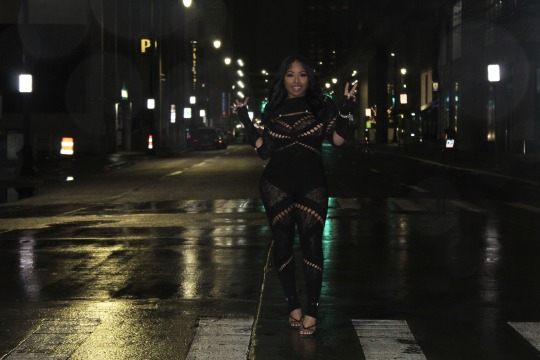


Revel in the artistry of candid captures that transcend the mundane. My keen eye for the extraordinary in the ordinary brings forth a visual symphony of elegance and authenticity. These paparazzi-inspired photoshoots are a testament to my creative direction prowess, curating moments that effortlessly blend style and spontaneity. Celebrate the magic of my lens, where each shot is a stroke of brilliance in the canvas of everyday life.
#Youtube#creativedirection#creative strategy#photography#photooftheday#paparazzi#black women#black tumblr
0 notes
Text
Etsy - TikTok Launch
Brand: Etsy Channel: TikTokContent and Channel Strategy
Overview: Looking at the overall landscape of TikTok including doing an in-depth competitive analysis, I worked with our freelance content creator to build out a robust channel launch plan, which included both cross channel promotion on Etsy social channels including Instagram and Twitter, but also in our weekly seller facing email as well…

View On WordPress
#content strategy#creative strategy#Etsy#Instagram Content#Social Campaigns#social strategy#Video Production#Video strategy
0 notes
Text
Crafting a Greener Future: Sustainability in Your Creative Strategy
Learn to infuse sustainability into your creative strategy effectively.
Define goals, research, design, measure impact, and foster innovation for a brighter future.
https://www.linkedin.com/pulse/crafting-greener-future-sustainability-your-creative-strategy-samrat
#creative strategy#innovation#sustainability#environment#environmental impact#green energy#financial freedom#financial planning
0 notes
Text
Feeling creatively blocked? Feel like you don’t know yourself anymore?
I’ll help you rediscover your self in the present—and nourish your creative spark (which I consider to be your essence, a spiritual connection).
Let’s work together in a day intensive or 4 sessions/month.
0 notes
Text

How we create what we create has enormous power over the shape of what we create.
One more time with a twist: different creative processes produce different creative outcomes.
For example, were I to undertake writing a play, I could create a number of characters, place them into a particular situation, and document the narrative that flows.
Or.
I could determine what the play's about from the get-go, plot the whole thing from beginning to end, and then write my way through, scene by scene.
Or.
I could get a group of actors together to workshop character and relationships and scenes to work through the story organically.
Or.
I could give myself a month of personal experience with friends and family and strangers, at home, at work, and everywhere in-between. I would write down any dialogue that caught my ear, any stories that caught my ear, and situations that caught my eye, any ideas that arose. After that month, I'd give myself another month, and then after that month I'd look at my notes from the month of experiences to see if a story can be conjured from what I observed and what I heard.
Or.
I could comb for ideas on the internet, news papers/websites, and magazines for ideas, topics, and characters to fictionalize.
Or.
I'd write or sketch ideas in a location that's most like a location I foresee as part of my story.
Or.
I'd do all my writing outdoors. Even just the part where I'm getting the story on its feet.
Or.
I'd sketch characters, ideas, and scenes in an art journal.
Or.
I'd lay out the initial characters and scenes in a comic strip format.
Or.
I'd imagine myself sitting in a darknened theater moments before my play's to start and ask myself Okay. What happens next?
What do I see?
What do I hear?
Why does it happen?
What does it mean?
What happens after that?
And so on.
Each of those approaches (and more) creates different stories. I don't know better or worse... but I do know absolutely different.
So.
Wanna different outcome?
Use a different creative process.
I live by that, by the way.
Never fails.
:-)
2 notes
·
View notes
Text
Creative Trends for 2023
This being the first part of the year, I’ve come across several articles that portend various trends and forecasts for 2023. Below is the most recent one I’ve read from someone within the creative industry. Please note this is an edited version of her original contribution. Emily Cohen is an avid reader, speaker, author and brutally honest operational and organizational consultant to creative…
View On WordPress
1 note
·
View note
Text
Conducting a War
So, your story takes place during a war. Maybe your characters are experiencing war or maybe they're waging war against other characters or groups. Likely, you are not a general or expert in warfare. How do you write a story that is set during a war?
Who's fighting who?
The first, most obvious, step is to know who is fighting whom and why. Wars are between groups of people. They can be a small clan, a massive nation, or even an entire planet or galaxy. Two characters fighting it out are not considered "at war" because they are representing themselves and settling an individual dispute, even if it is a high-stakes dispute.
Why are the parties in your story fighting? There are a lot of different reasons why two groups of people would go to war against each other, but most wars are over resources at their center. Disputes over land and borders, over who gets what crops and for what price, and even religious wars are usually about the resources available and scarcity. So when you're talking about war, you need to know what either side wants. Just like a character, your war parties need to have desires and stakes.
"Resources" can mean just about anything that society needs. Food, fresh water, opportunities for trade, minerals, metals, building materials, and wealth are all examples of resources your war parties can fight over.
What does it take to wage war?
Wars require resources too. It's not just about getting resources but spending resources as well. When nations go to war in the real world, there are opportunities for people to make exorbitant amounts of money and wealth by taking advantage of a wartime economy.
The parties waging war need people to fight their battles. They need to pay those people, arm them, feed and clothe them, and transport them to where they need to be. Where does the government or person in charge get the food, armor, weapons, and transportation? Where do they allocate those scarce resources? Oftentimes in war, those in charge must make sacrifices. Is there a portion of land that the person in charge gives up to protect another portion with their limited resources?
There are unlimited stories hidden in these questions, and a large base of world-building will help to answer these questions in depth. There are many opportunities for tension and rising stakes for your war parties in the event that the opposing side makes acquiring war resources difficult or impossible.
Types of Armies
Your armies tell you a lot about the resources available to your characters and how you can build your story and plot line around the war. So I'll discuss the differences between four types of armies that exist in the real world and throughout history. These are examples; you can change or twist these examples however best suits your story.
The first is a professional army. These guys are paid and trained by the state; being in the army is their entire job. The army can fill a number of different roles other than fighting, but their purpose is to provide martial protection to the people of their nation and carry out martial orders from the government or sovereign entity in charge. Important aspects of a professional army to consider: these soldiers are paid for their work, they are trained by professionals, and oftentimes they follow a hierarchy or chain of command. Most governments provide medical care to their professional armies, but this isn't required. The soldiers can be conscripted or voluntary.
Next up is a mercenary army. This army is also paid for their services, but they are not trained by the state, and they ultimately take their orders from the organization, not the government. The government commissions the mercenary army for their services. The government does not provide most of the resources required to maintain an army. They pay for the army but don't necessarily feed, arm, or clothe them.
A fyrd is a historical term that refers specifically to the Anglo-Saxon armies raised by different Lords and Thegns to protect their lands and shires. These armies consisted of civilians and able-bodied free men from the local settlements and farms gathered by the ealdorman. They were conscripted into the service, and they lacked formal martial training. Also, importantly, their provisions and weapons were provided by the soldiers themselves. Meaning you will see fewer long swords and forged weapons for the purposes of fighting and more axes and improvised weaponry. The purposes of the improvised weaponry are primarily as other tools, such as axes for chopping wood and knives for butchery. Any horses or mules brought along for work or fighting are the property of the lords or farm owners who provided them.
A militia is very similar to a fyrd; this army consists of civilians who are paid or conscripted into service by the government but are not professional soldiers. These militias may sometimes have training from professional soldiers among their ranks, but mostly they are civilians training themselves. The soldiers provide their provisions, weaponry, and armor, meaning that the wealth has to come from the soldiers and their professional jobs and not from their martial services. The militia is a more modern term, but it is marginally different in that most militias we think of today are voluntary and not conscripted.
Battle Strategy
This is where a little research may help you. Battles behave differently depending on different factors. What technology and weaponry is available to your war parties? Are we talking about bladed weapons or guns or lasers? Is your army a professional or mercenary army, or is it more like a fyrd or militia?
When setting up a battle in your story, focus on the differences between the two armies and how that may affect their strategy toward fighting or engaging the enemy. If your fyrd faces a professional army, they may encounter some problems regarding weaponry and armor. Your fyrd will struggle to match a professional army in defending against well-made weapons and professional training. How do they work to compensate for those weaknesses?
When looking at two equally armed and trained armies, a general or battle strategist will look to the terrain to plan a battle. Generally, controlling the high ground helps in battles. If one army has a heavy cavalry presence, your opposing army may want anti-cavalry measures in place. Do they have the space to do so? Urban areas will lend themselves well to guerilla-style and urban warfare tactics. Jungles and forests will look different to hills and plains, and deserts bring unique problems to a battle that a mountainous terrain might not.
What is the battle for? Battles have a purpose; otherwise, there would be no value to the loss of troops. What is worth the risk of losing lives? Does the battle have stakes? Some stakes that might be worth conducting a battle over include taking control of a river pass, allowing naval trade and travel, cutting off control of a trade route to the enemy, or invading an important town or city to process and refine necessary materials.
Ending the War
The war will eventually end if your characters are lucky. But what ends a war? Wars usually end with agreements between the two opposing parties following surrender or extension of peaceful negotiations. Negotiating what each party needs or wants is an art in and of itself. Each party must come to the agreement that waging war further is more expensive and less rewarding than ending violent opposition with concessions made by either side.
Conclusion
Wars and battles are like characters; they have needs, desires, and stakes. Writing your characters in a war or battle will hinge on the needs and stakes of the greater war and story. Important questions to ask are: what are we fighting for? Who are we fighting? And what happens if we don't fight?
–Indy
#writing advice#writing tips#writing resources#writeblr#amwriting#writblr#writers of tumblr#writers on tumblr#writing help#writing guide#on writing#creative writing#writing#writers#writing about war#writing war#writing warfare#writing battle strategy#writing battle planning
925 notes
·
View notes
Text
A Step-by-Step Marketing Guide so we can spite traditional publishers (and make people cry).
~ This is a guide specific for fiction/writeblr. All of this is for free and there is little social media posting/ads involved (unless you want to venture into that). ~
Within the writeblr spheres, there's this underlying hope that our stories will find their audience. Perhaps we'll have a fandom full of fanart and video essays, or maybe we'll be an instant classic and sit on collectors' beloved bookshelves. Our stories could sit within the deepest corners of someone's heart and maybe they never tell a soul about what's so special to them. Maybe our stories become those 'underrated masterpieces'.
Or we just want to see people ugly cry over our writing.
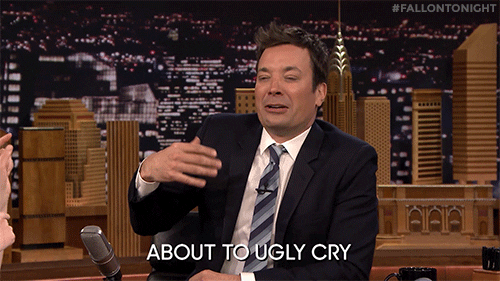
Whatever your hope may be, marketing is an important path to venture on (especially because traditional publishers are rejecting diverse books in favor of ones that are already famous + the whole sub-par machine thing they seem obsessed with.)
And thus, my childhood marketing obsession will hopefully be of use to you. This is all for free (unless you want to spend money) and you don't need to figure out social media platforms (unless you want to, and this guide works if you decide to take that route too.)
Step One: Characters
Marketing spheres will define these fictious people as 'avatars' or 'the target audience'. You could also call them characters. Because that's what they are: fictional people.
For this step, you shall create characters that would love your story.
And here's some great news: You've already done this.
Perhaps you wrote your story to comfort a prior version of yourself. Perhaps each character in your story holds an aspect of your personality. Perhaps you were ridiculously self-indulgent and made the story you would've loved to read. These are all possible characters you can reuse for marketing.
Write down 2-4 quick archetypes for these characters. You'll chose an aspect of your story (characters, themes, or the younger-self that you wrote it for) and write a thumbnail sketch. (Main issue, fears, wants, personality traits if they relate to the main issue.)
I'll do it for my story (the Land of the Fallen Fairies) down below:
Anuli-like (my MC): Overthinking and aloof. Wants a happy ending but thinks their current personality/character isn't good enough for one. The present stales in comparison to the past/the childhood they lost. The 'gifted theater kids'.
Kamari-like (side character): Postpones happiness in favor of creating a perfect schedule/getting accomplishments. Heavy masking. Creative but doesn't create anymore. Promises themself they'll enjoy themselves later, when they've earned it. Workaholics.
My younger self: Wanting a fantasy escapism to embody the traits they wish they had in real life. Dissatisfied and worried about reality. Perfectionists.
Self-indulgent: People who love plants and forests and fantasy worlds far away from reality/humanity.
Great! Now it's time to find these characters.

Step Two: Setting.
(Let's assume you're using the internet for your marketing. But a similar method works for real life too.)
Where do the characters live?
In order to figure that out, we need to discover the characters' interests, what they watch to solve their problems, and who they find #relatable.
(You can do this for each character or for all the characters at once.)
For example:
Anuli-like -
interests: Stories. Analysis videos. Fantasy escapism. Things that remind them of their childhood. (so nature, warmth, comfort, play, imagination and the times they would actually enjoy learning.)
Places to look: Nature quotes, ambience videos, children's shows and fairytales (comfort shows). Fandom culture - fanfic video essays, fan art.
Solving problems (the problem being wanting a 'happy ending' but feeling that their personality/lifestyle/characteristics aren't right for one): Mindfulness things. Self-healing. Quotes and meditations and candles galore. Slow living. Nature vlogs. Self care. All that 'live in the moment' culture.
Places to look: Slow living. Nature vlogs. The 'softer self-help' (spirituality stuff. Magic/ overnight answers). Witchcraft. 'aesthetic nature' places. Guided meditations.
#relatable: Burnt out gifted kids. People who think so much that their life passes them by. Storytellers and creative who create to make sense of the world. People who like dark, gory things in spite of who they want to be. People who don't like reality.
Places to look: Those 'learn better and remember everything' places. (The 'burnt-out gifted kid' recovery places.) Stop overthinking spots. Those quotes on Pinterest from poetic people who think too much /aff. Storyteller places. Dark academia. Classical music. One off quotes/ poetry.
Okie dokie. Once you have this, find channels, social media accounts, blogs, songs, books, etc. that fit with the categories you wrote down. (They should appeal to the characters) You can search up some of the terms you listed into searches and see who pops up. Bonus points if you find people that overlap with multiple sections.
I know I didn't include booktube or booktok in here. You can if you want too. But those can be a bit... 'consume these 500 books'. You also want to find other places where people who would like you story live, even if they don't follow booktube or booktok.
Congrats! Now you know where your characters live!
Step Three: the scary part

Take everyone you found on your search for the settings and write them down a list. Make sure you get an email/contact info. (they usually list them somewhere under 'for business inquires') Also feel free to watch their content and get to know what attributes these settings have.
And now... we talk to them. about our stories. You can do it. I believe in you.
This called 'pitching your product' in marketing spheres. But you can be informal about it.
I know it can be difficult to talk about your work, so here's a tone to have:
'I made this thing I like and I think you'll like it too'.
What you'll do is send an email (or dm) that goes like this (inspired by Creative Hive on youtube):
Hi [name],
[Genuine compliment]
[Quick sentence or two about your story. Include the themes and who it appeals to. If you have a logline/sentence summary, include that. But I find that the underlying themes and 'who's it's for' is more engaging.
For my story, I might say something like.
I've written a story you might enjoy, since you like [interest]. It's called the Land of the Fallen Fairies. It's a nature-themed commentary on the pursuit of happiness and fixing yourself to deserve that happiness, told by an overthinking, unreliable, houseplant narrator. It was supposed to comfort me when I got frustrated with myself and my happiness chasing, and I hope it can comfort others too.
(That's probably a bit long and I can trim it down a bit.)
You can phrase it like a gift if you want too.]
[Call to action.
'If you like it, I'd appreciate a mention on your [platform].
I know this part may be difficult to mention (imposter syndrome is not fun.) But I promise that if they do like it, they'll be happy to mention it.]
If they don't respond within... four-ish days? (A week at most). then you can include a follow up. For this you can include a template with info about your story. This way it's easy for them to talk about your story.
The template:
title
genre
blurb
Author
where to find the book
Bonus points if you have an additional, physical thing to send them.
Congrats! Now do this pitching process a few times until you've covered most of your bases. (Pitch to as many people as you can. It will get more comfortable as you do it. Play your favorite song and don't let yourself think too hard about it.)
----------
The benefits of this process are that you find people that are already interested in the themes and vibes of your story (in comparison to to ads, which get shoved in everyone's faces.). Someone your audience already trusts will talk about it, which means you don't need to do all this trial and error to find your audience and make content for them.
It's basically a bunch of people talking about something they like!
AND you diversify your audience across niches, but with an underlying theme/interests. Booktok/booktube must appeal to everyone, so it's a hit or miss for recommendations. (Unless there is someone that specifically does one genre/type of story.)
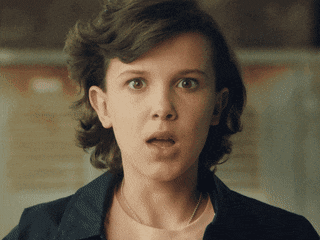
From here you can do fun little things to build up hype and make the book launch feel like this fun event. (I love it when that happens so here's my thoughts about trying to create an event with your story... although that may require another post entirely.)
preorder goals
charity goals
Arg's and puzzles
fund with side plushies and trinkets
Book blog tour
book boxes
as many memes as you can make
rewards (like bookmarks or posters or smth) that people can get for supporting
Talk about the process of creating your story. I know this one channel called 'Dead Sound' that creates 'making of' videos for his short films and they are some of the best videos on youtube.
Okay dear storyteller! Now go forth and share your story with the world!
Additional resources:
Creative Hive <-- a youtube channel that goes through the pitching process.
This video is also very good <-- Haven't watched the rest of the channel but I assume it's also good.
One of the best marketing channels on the internet (the videos are actually entertianing to watch.
Seth Goldin <-- I read his book and took the parts I liked and modified for storytelling marketing.
Dead Sound <-- propaganda to watch the short film series he has (he did the whole 2-d 3-d style wayyyy before spiderverse did... and he's one person making these. One person. It's amazing.
Glitch <--- If someone can figure out how The Amazing Digital Circus was marketed then I will pay you money. It seems to be a lot of memes and funny things.
#writers of tumblr#writerscommunity#writing advice#writing tips#writer stuff#on writing#writeblr#writing community#writer#storytelling tips#fiction#writing#filmmaking#creative writing#writers on tumblr#writers and poets#marketing strategy#pitching#writing resources#resources#useful#for reference#useful stuff#the writeblr library#please do well post#I've spent so much time on this
375 notes
·
View notes
Text
Dynamic Trade Show Booth Design
Check out our trade show booths! They grab attention and help your business look awesome. Our booths are made to stand out and impress people. Make your brand better at trade shows with our exciting designs. People will remember you and want to connect with your business. Be more than just there – be amazing with our booths that everyone will notice.
0 notes
